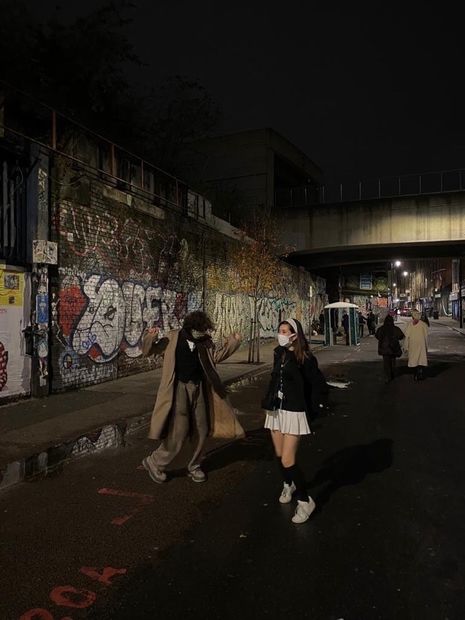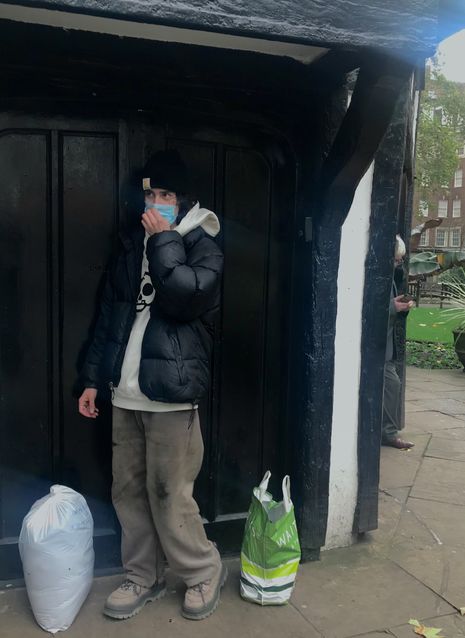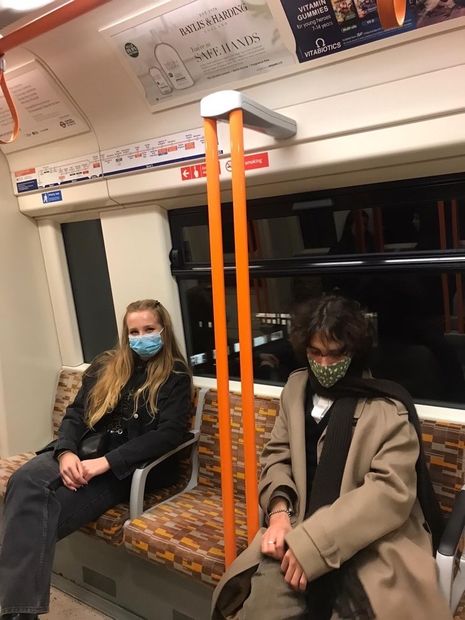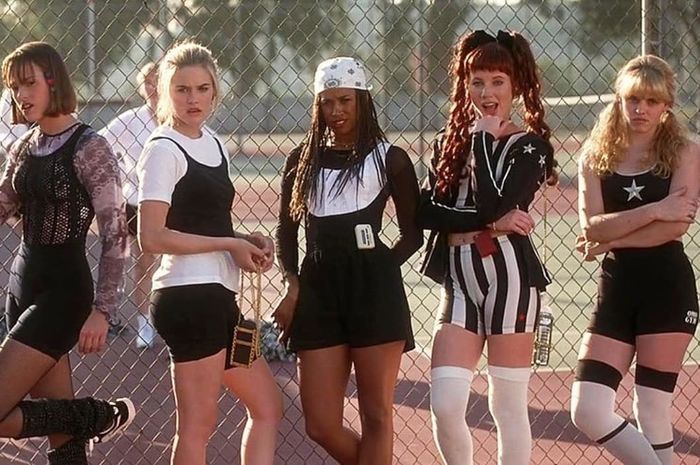‘About Time’: a chronicle of the time travellers of Gen Z
Eva Morris responds to the Met Museum Costume Institute’s latest exhibition, exploring how the internet generation experiences the nostalgic cycles of fashion.

This year was the Met Museum’s 150th anniversary and with this came the About Time exhibit, a response to fashion’s both cyclical and forward moving nature. Such seemingly contradictory themes made me wonder how this could be - how can something seem to be moving forward but on closer examination bare striking similarities to the past? There’s a feeling of nostalgia that comes with this, of moving forward yet looking back. As I’ve payed more attention, I’ve seen myself partaking in this strange movement and was completely unaware. I’m currently wearing a 1940s French wool cardigan I picked up in a vintage shop with corduroy trousers – made far more recently, yet reminiscent of popular 1940s menswear – but the clash of modern day life and 1940s clothing, feels second nature. I feel I should ask, why is this disjointedness, brought to light by the About Time exhibit, normal in the context of fashion and more particularly within gen Z?

The 21st century has provided a more complex image of modern life as it has changed and adapted at a far faster pace than any century before. At the forefront, having adapted to this pace of life from an early age, is gen Z. With this modernity comes this ideological incongruence as the old no longer belongs yet feels as though it still fits in some sense. Gen Z, having adapted to the new, show off their connection to the old within their own wardrobes. A perfect example of this would be the Lolita fashion in Japan. Lolita has taken rococo fashion and manipulated its form and colour palette to become a modern Frankenstein of fashion. This disjointed mixture of old and new adds to the already complex identities formed within gen Z. As understandings of intersectionality, gender fluidity and all other facets that make a person unique develop, so does the unique mishmash of identities shown in what we wear. Clothing has gone well beyond the binary and so re-exploring old clothing represents far more opportunity than it may have used to. What may have started as nostalgia around childhood with the resurgence of 00s garms has developed into historical reflection as people look further back for inspiration and become bolder with how they want to wear it.
The complex combination of identities present in the individual becomes part of the group, as the self and the group become interchangeable.
In a world where globalisation is becoming ever increasing, we are used to cultural integration between east and west, but we can take this further as we merge past, present and future. Not only can we travel to the opposite ends of the earth but gen Z can travel through any time they want. The popularisation of vintage shops, the puffer jackets, bape hoodies and cargo trousers are a nod to the 80s while the clothing found in junk shops and antique stores transports gen z further afield. We have once again become accustomed to trench coats reminiscent of the first world war, but we pair them with shirts that have a far more modern fit. If the clothes we buy aren’t vintage, they’re inspired by decades past like the more obvious resurgence of 90s and 00s garms and the more subtle references found in prairie dresses. My brother (pictured) wears 1930’s corduroy trousers with trench coats designed for hard manual work yet within a day his most manual work is going to art school. It’s this incongruence that has become a part of gen z as a whole and as an individual; as we flock in groups each adorned with clothing from various decades, one may appear early 20th century while another proudly represents the 60s. The complex combination of identities present in the individual becomes part of the group, as the self and the group become interchangeable.

A lot can be said about gen Z in current times having adapted to a world of technology and currently living their formative years in a pandemic. Perhaps this pandemic has added to the nostalgia and we will see the time travellers of gen Z transport themselves in even more new ways. However, I don’t see gen z going back to linear fashion. This isn’t to say there won’t be trends and that fashion won’t move forwards, but there will be a constant glance back. As we grow progressively, we can see our identities need not be clear, who we group ourselves with need not be defined and how we choose to present ourselves is unbounded. It is this disjointed combination of identities which defines our generation as time travellers as we keep lurching forwards and back adapting and developing as we go.
 Comment / Plastic pubs: the problem with Cambridge alehouses 5 January 2026
Comment / Plastic pubs: the problem with Cambridge alehouses 5 January 2026 News / Uni-linked firms rank among Cambridgeshire’s largest7 January 2026
News / Uni-linked firms rank among Cambridgeshire’s largest7 January 2026 News / New movement ‘Cambridge is Chopped’ launched to fight against hate crime7 January 2026
News / New movement ‘Cambridge is Chopped’ launched to fight against hate crime7 January 2026 News / SU stops offering student discounts8 January 2026
News / SU stops offering student discounts8 January 2026 News / Cambridge businesses concerned infrastructure delays will hurt growth5 January 2026
News / Cambridge businesses concerned infrastructure delays will hurt growth5 January 2026









